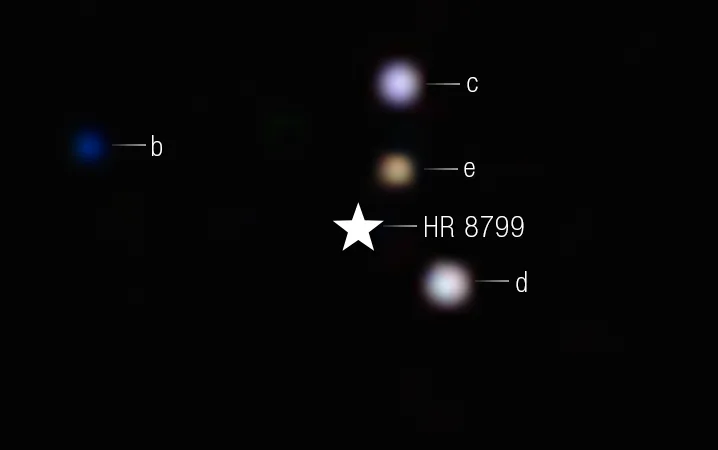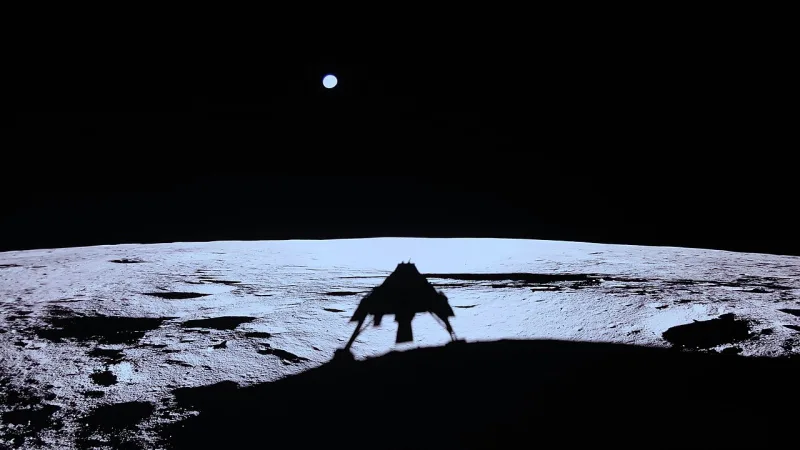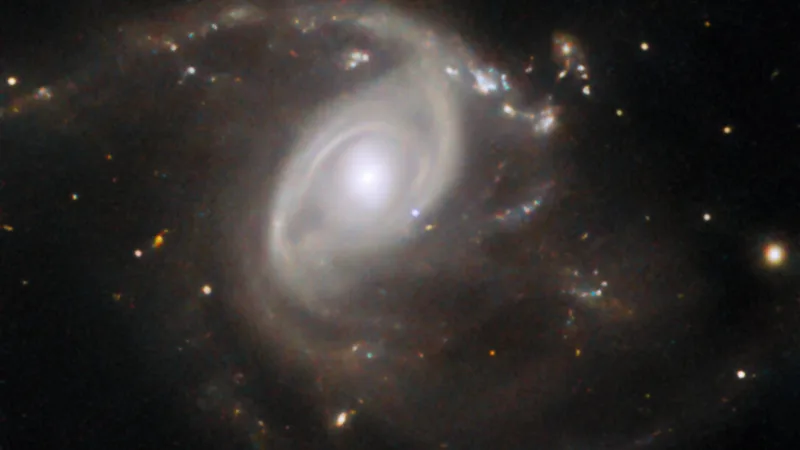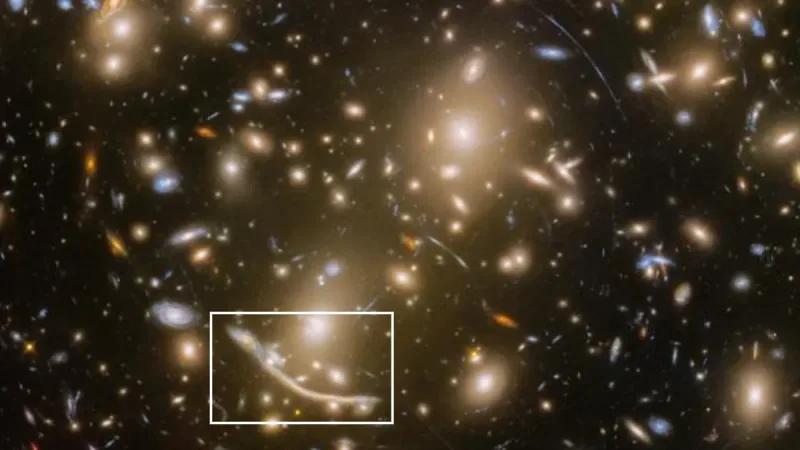JWST Detects Water Vapor on the Smallest Exoplanet Yet
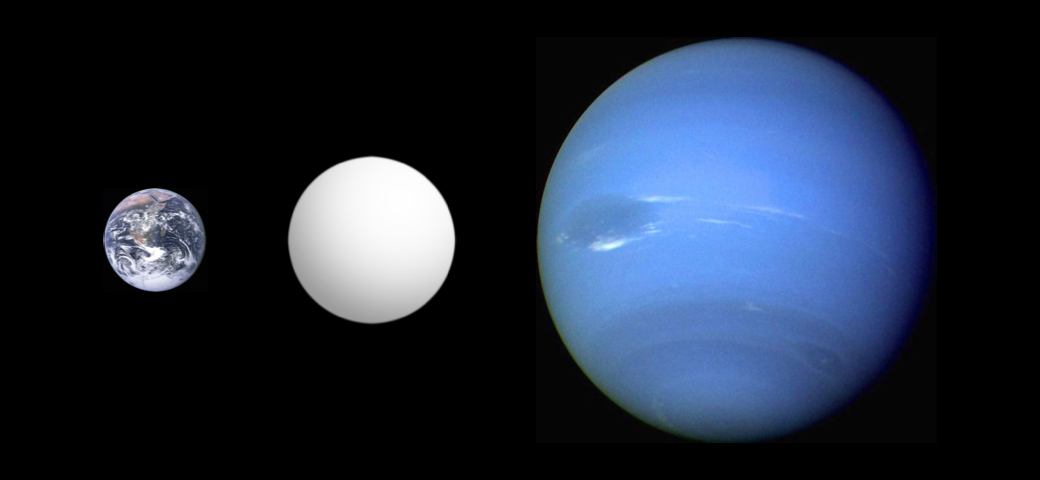
GJ 9827 d: The Smallest Exoplanet Discovered with Water Vapor
GJ 9827 d, an exoplanet situated approximately 98 light-years away, has captured the attention of astronomers as the smallest exoplanet identified to date that possesses water vapor in its atmosphere. With a diameter nearly twice that of Earth, questions arise regarding its composition—could it closely resemble our planet? Do its atmospheric conditions include a substantial amount of water vapor indicative of a rocky, Earth-like environment, or is it enveloped in a hydrogen-dominated atmosphere that suggests a classification as a mini-Neptune?
Recent observations made with the Webb Space Telescope have provided significant insights into GJ 9827 d’s atmosphere, revealing a notable presence of water vapor. This finding bolsters the hypothesis that this exoplanet may be classified as a “steam world,” more akin to rocky planets like Earth than traditional gas giants.
Caroline Piaulet-Ghorayeb and her team at the University of Montreal’s Trottier Institute for Research on Exoplanets (IREx) reported their groundbreaking findings, which were published in The Astrophysical Journal Letters on October 4, 2024.
Insights from Observational Data
Earlier this year, astronomers utilizing the Hubble Space Telescope detected water vapor on GJ 9827 d, sparking a debate about whether the planet fits the criteria for a super-Earth or a mini-Neptune. Super-Earths, which are rocky planets larger than Earth yet smaller than Neptune, while mini-Neptunes have substantial hydrogen-rich atmospheres. Although neither type exists in our solar system, they have been frequently identified in distant star systems across our galaxy.
Piaulet-Ghorayeb stated, “Currently, the planetary atmospheres we’ve observed are predominantly those of giant planets or mini-Neptunes, characterized by hydrogen-rich environments. These atmospheres align more closely with gas giants than with terrestrial planets like Earth, which have atmospheres dominated by heavier elements.”
A Unique Composition
What sets GJ 9827 d apart is its atmosphere, which Webb has determined consists of heavier elements along with abundant water vapor, making it more similar to terrestrial bodies. “Its molecular composition is akin to carbon dioxide or nitrogen-rich atmospheres that we are actively searching for on smaller rocky planets, where we may eventually seek signs of life,” Piaulet-Ghorayeb explained.
Related: The James Webb Space Telescope: Achievements and Challenges
Using the Near-Infrared Imager and Slitless Spectrograph (NIRISS)—a Canadian instrument aboard the Webb—researchers analyzed the light emitted by the planet’s star during the planet’s transit across it. By combining observations from both Hubble and Webb, they were able to confirm the presence of water vapor and additional spectral features in the planet’s atmosphere, ruling out the possibility of data contamination from the stellar light.
Implications for Habitability
While the detection of considerable water vapor on GJ 9827 d is a monumental achievement in exoplanetary studies, the prospect of this planet being habitable is quite slim. Its high temperature, approximately 660 degrees Fahrenheit (350 degrees Celsius), due to its close orbit to its star, suggests that the water vapor is likely in the form of steam.
Nevertheless, these findings are significant, indicating that smaller exoplanets can indeed have atmospheres resembling those of Earth rather than the gas- or ice-dominated atmospheres found on larger planets. Piaulet-Ghorayeb concluded,
“This is a remarkable step forward in our quest to investigate atmospheres surrounding smaller, terrestrial-like planets. GJ 9827 d represents the first exoplanet on which we’ve identified an atmosphere rich in heavier molecules, marking an exciting confirmation of the theoretical concept of a ‘steam world.’”
Astronomers utilizing the Webb Space Telescope have established that the exoplanet GJ 9827 d harbors more water vapor than previously believed, classifying it as a steam world. This discovery enhances our understanding of the diversity of exoplanetary atmospheres and lays the groundwork for future explorations aimed at finding potentially habitable worlds beyond our solar system.
Sources:
https://iopscience.iop.org/article/10.3847/2041-8213/ad6f00
You might also like: JWST Captures All 4 Giant Planets including Saturn


